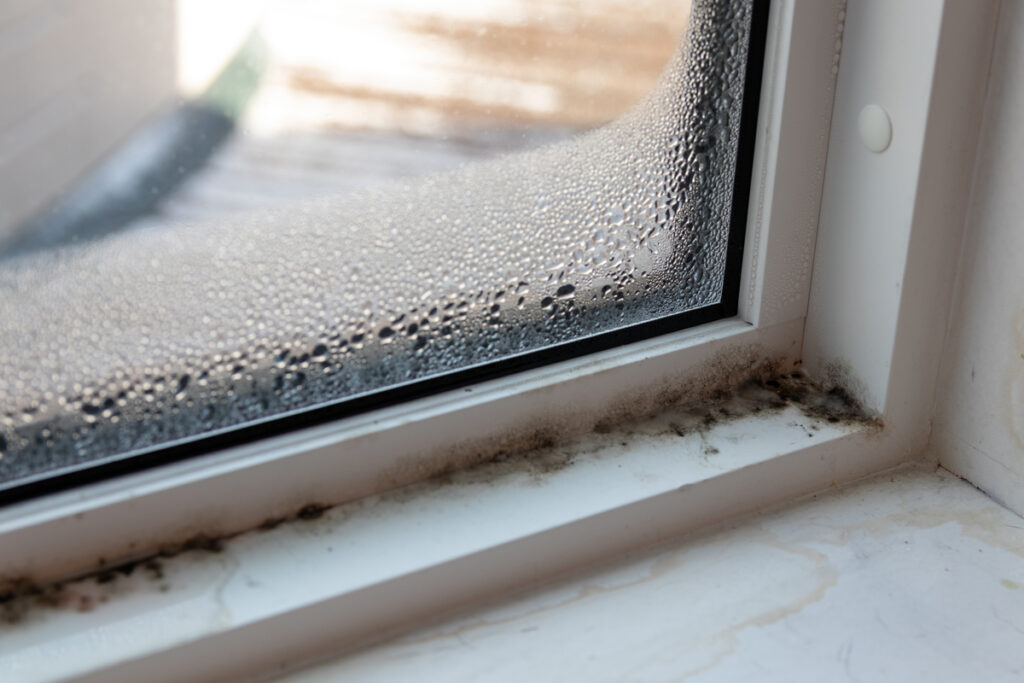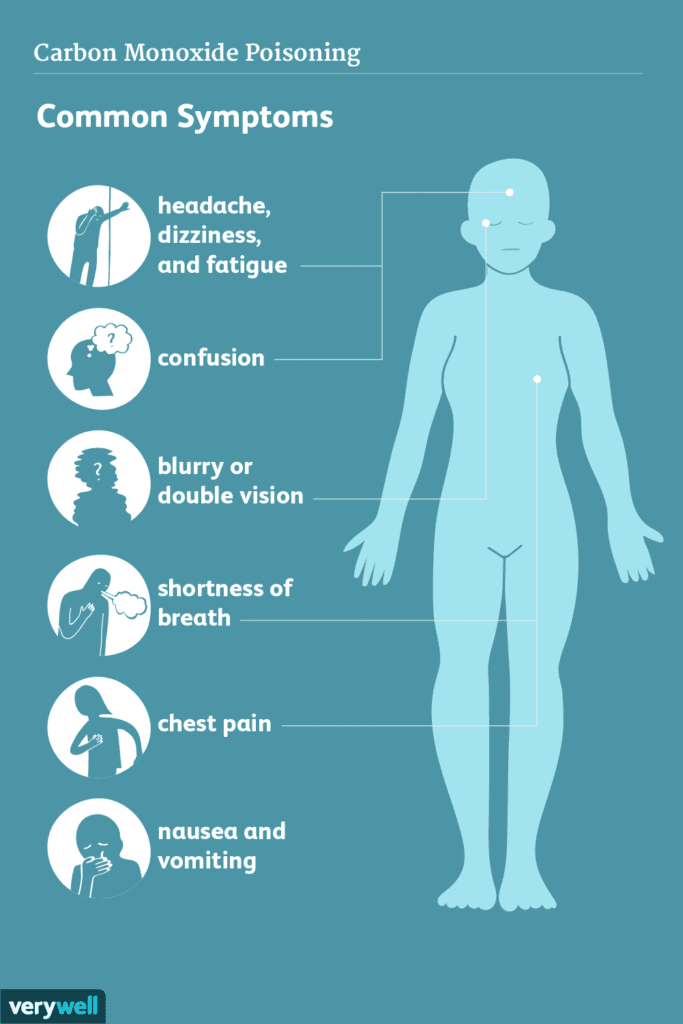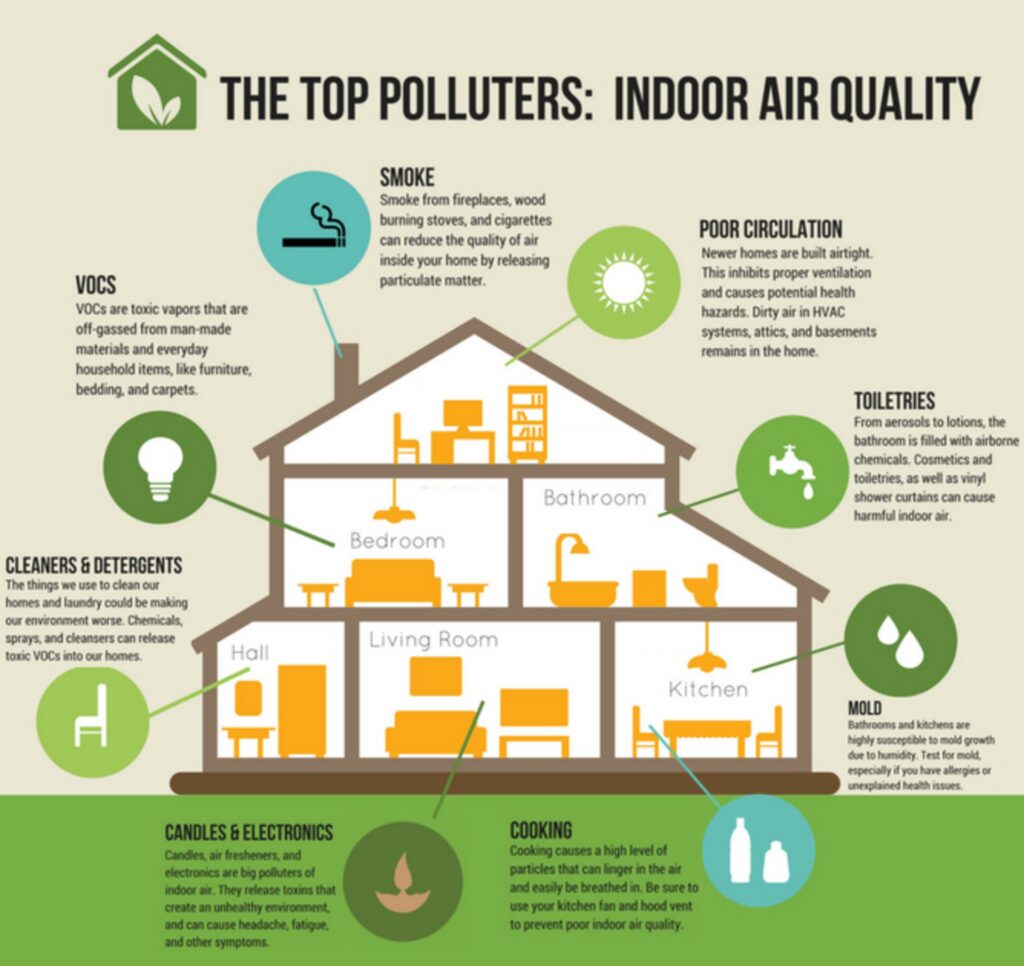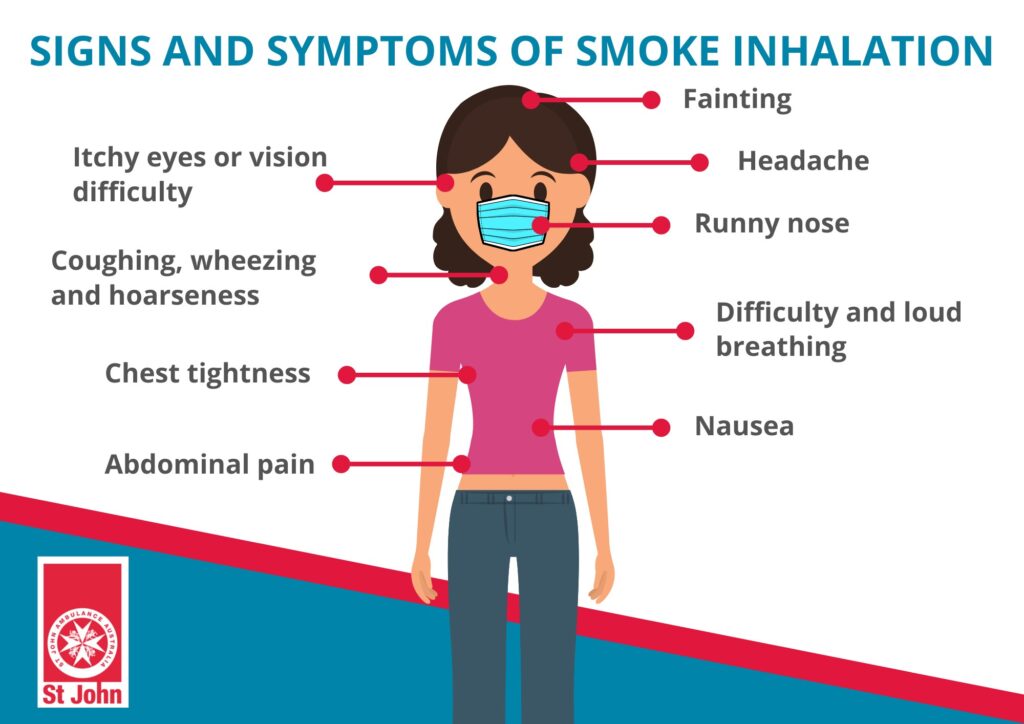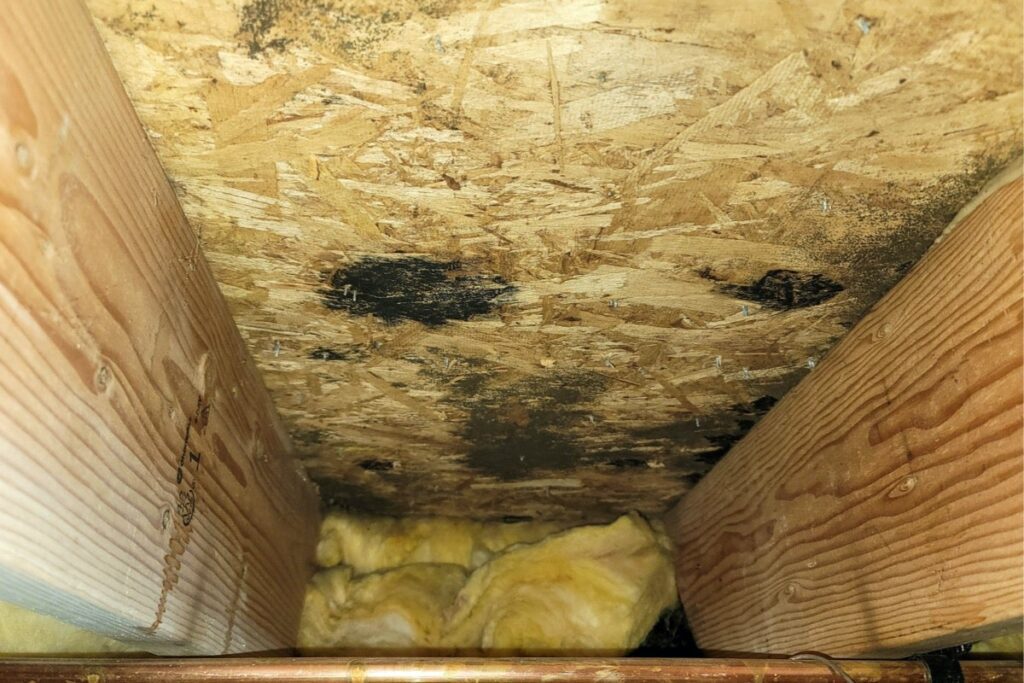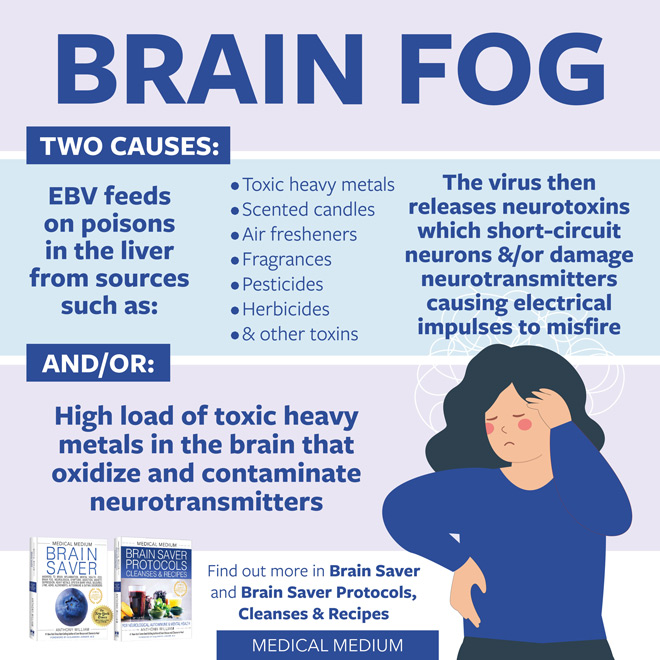If you’re like most people, you spend a lot of time indoors. That’s why it’s important to make sure your home environment is healthy and safe, especially when it comes to dust. Dust is everywhere, and it can cause a variety of health problems if left unchecked. In this article, we will explore the effects of dust on your health and provide tips for keeping your home free of harmful particles.
Key Takeaways:
- Dusty homes can pose significant health risks, especially for those with pre-existing conditions.
- Dust can cause respiratory problems, allergies, and worsen existing health issues.
- Maintaining a clean and dust-free home environment is crucial for optimal indoor air quality and overall health.
The Link Between Dust and Respiratory Problems
If you live in a dusty house, you may be putting yourself at risk for respiratory problems. Breathing in dust can cause irritation in your nose, throat, and lungs, leading to a variety of health issues.
Did you know? According to the Environmental Protection Agency (EPA), indoor air can be two to five times more polluted than outdoor air.
The dangers of living in a dusty environment are numerous. Dust-related health issues can range from minor allergies to serious respiratory illnesses. Common symptoms include coughing, sneezing, itchy eyes, and shortness of breath. In some cases, exposure to dust can even lead to asthma or bronchitis.
The Impact of Dust on Children’s Health
Children are particularly vulnerable to the dangers of living in a dusty environment. Their developing respiratory systems are more sensitive to irritants like dust, which can cause a range of health problems if left unaddressed.
Tip: Encourage your children to wash their hands frequently to prevent the spread of germs and reduce the risk of respiratory infections.


If you or your loved ones are experiencing symptoms related to living in a dusty environment, it is important to address the issue as soon as possible. Taking steps to reduce dust accumulation in your home can significantly improve indoor air quality and minimize the risk of respiratory problems.
Understanding Dust-related Allergic Reactions
If you’re living in a dusty house, you’re at risk of experiencing a variety of health consequences. One of the most significant risks is allergic reactions to dust. Dust contains a range of microscopic particles that can trigger allergic reactions in many people, leading to uncomfortable symptoms.
Common allergic reactions to dust include sneezing, coughing, watery eyes, and skin rashes. If you’re experiencing any of these symptoms, it’s essential to address the issue as quickly as possible.
Allergic reactions to dust can be particularly severe for people who already have pre-existing health conditions, such as asthma or allergies. In these cases, exposure to dust can exacerbate their symptoms and make it much harder to breathe. A dusty home is incredibly hazardous for anyone with respiratory problems.
If you have a pre-existing health condition, it’s essential to keep your home as dust-free as possible. The consequences of exposure to dust can be severe, and it’s much better to take preventative action before you’re forced to deal with the consequences.
In summary, it’s important to recognize the health hazards of a dusty home and the allergic reactions to dust that can arise. Be proactive about addressing these issues and take steps to keep your home as dust-free as possible. Doing so can help you avoid health consequences and breathe easier in your home.


The Impact of Dust on Indoor Air Quality
If you live in a dusty house, you are at risk of respiratory problems and other health issues. Dust particles can easily get into your lungs and cause irritation, leading to coughing, wheezing, and difficulty breathing. Not only that, but dust can also aggravate existing health conditions, such as allergies and asthma.
It’s important to maintain clean indoor air quality to reduce the health risks associated with a dusty house. Dust particles can often be invisible to the naked eye, so it’s important to take preventative measures to ensure they don’t build up over time.
| What Causes Dust? | How Does Dust Affect Your Health? |
|---|---|
| Dust can come from a variety of sources, including pet dander, pollen, and skin cells. | Dust can cause respiratory problems, allergies, and skin irritation, especially in vulnerable individuals such as children and those with pre-existing health conditions. |
To reduce the amount of dust in your home, consider using a vacuum cleaner with a HEPA filter and regularly dusting surfaces with a damp cloth. Additionally, keep clutter to a minimum and avoid smoking indoors.


Cleaning Tips to Reduce Dust Accumulation
The effects of dust on health can be severe, especially for those with respiratory problems. If you’re living in a dusty house, it’s crucial to take steps to reduce dust accumulation and improve your indoor air quality. Here are some tips:
1. Dust Regularly
The most obvious solution is to dust your surfaces regularly, including furniture, shelves, and electronics. This will help prevent dust from accumulating and circulating in the air.
2. Vacuum Carpets and Upholstery
Carpets and upholstery can trap dust particles, so it’s important to vacuum them regularly. Use a vacuum equipped with a HEPA filter to ensure that you’re removing as much dust as possible.
3. Use an Air Purifier
An air purifier can help remove dust particles from the air in your home. Look for one with a HEPA filter, which can capture even the smallest particles.
4. Wash Bedding Often
Bedding can also trap dust, so it’s essential to wash your sheets, pillowcases, and comforters regularly. Aim to do this at least once a week.
5. Keep Clutter to a Minimum
The more clutter you have in your home, the more surfaces dust can accumulate on. Keep surfaces clear and clutter-free to make cleaning easier and prevent dust buildup.
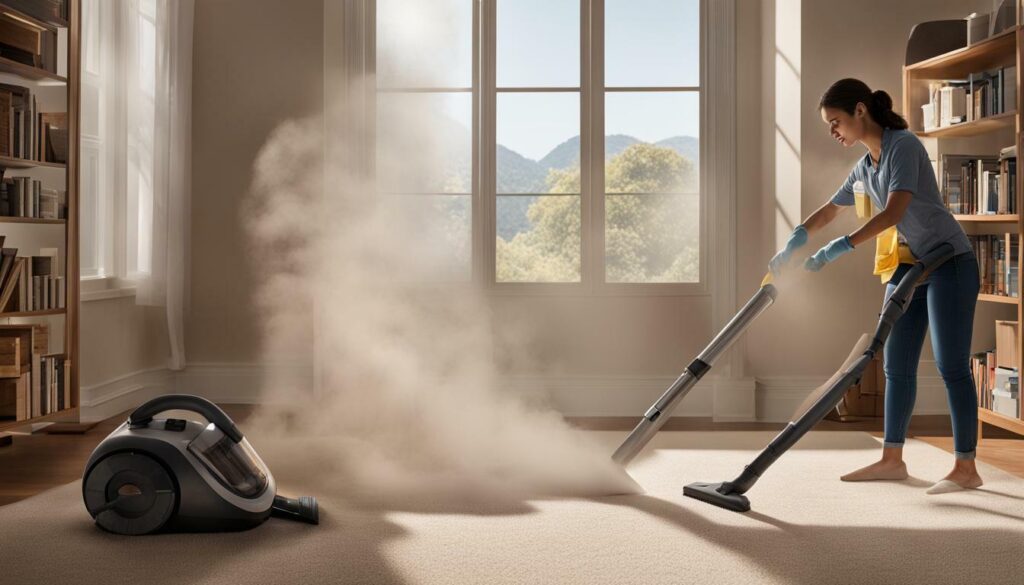

By implementing these cleaning tips, you can reduce the effects of dust on health and create a healthier indoor environment. Remember, the key is to maintain a regular cleaning schedule and be vigilant about reducing dust accumulation in your home.
The Role of Dust in Aggravating Existing Health Conditions
If you have pre-existing health conditions such as allergies, asthma, or respiratory infections, living in a dusty house can significantly worsen your symptoms and overall health. The accumulation of dust particles in the air can aggravate and inflame your respiratory system, making it difficult to breathe or causing coughing and sneezing fits.
Dust can also trigger allergic reactions in individuals with sensitivities, causing symptoms such as skin rashes, itchy eyes, or a runny nose. If left untreated, these symptoms can become chronic and affect your quality of life.
To protect your health and manage your symptoms, it’s important to maintain a clean and dust-free environment in your home. Regular cleaning, including dusting surfaces, vacuuming carpets and upholstery, and washing bedding, can help reduce the amount of dust in the air and minimize your exposure to harmful particles.
Additionally, using air purifiers or air filters can help remove dust particles and other pollutants from the air, improving your indoor air quality and reducing the risk of respiratory problems.


It’s essential to take the necessary steps to address dust-related health issues and maintain a healthy home environment. By doing so, you can effectively manage your symptoms and protect your overall health and well-being.
Children and Dust-related Health Issues
If you have children, it’s important to be aware of the risks associated with living in a dusty environment. Dust can have a particularly harmful impact on children’s developing respiratory systems, making them more susceptible to respiratory problems and other health issues.
Exposure to dust over time can also lead to the development of asthma and allergies in children. In fact, studies have shown that children who grow up in dusty environments are more likely to develop these conditions later in life.
To protect your children’s health, it’s important to take steps to reduce their exposure to dust. Keep your home as clean and dust-free as possible. Regularly dust and vacuum, and consider using an air purifier to help remove dust particles from the air.
Additionally, it’s important to be mindful of the dangers of living in a dusty environment. If your child shows signs of respiratory problems, such as coughing, wheezing, or difficulty breathing, it’s important to seek medical attention right away. Ignoring these symptoms can lead to more serious health issues down the line.


The Role of Dust in Aggravating Existing Health Conditions
If you are already dealing with health issues, living in a dusty house can make them worse. Dust particles can irritate your respiratory system and trigger sneezing, coughing, and shortness of breath. If you have allergies, asthma, or respiratory infections, being exposed to dust can exacerbate your symptoms.
In particular, individuals with asthma can experience more frequent and severe asthma attacks when living in a dusty environment. The particles in dust can even trigger asthma attacks in those who have never experienced them before.
If you have allergies, being exposed to dust can trigger an allergic reaction, causing symptoms such as a runny nose, itchy eyes, and congestion. The more dust in your home, the more likely you are to suffer from these symptoms.
If you are dealing with a respiratory infection, dust can worsen the symptoms and make it harder for you to recover. The irritants in the air can inflame your respiratory system, making it harder to breathe and increasing your discomfort.
If you are already dealing with health issues, it is essential to maintain a clean and dust-free home environment. By reducing the amount of dust in your home, you can minimize your exposure to the irritants that can worsen your symptoms.


Maintaining a Healthy and Dust-free Home Environment
If you suffer from respiratory problems or want to protect your health and that of your family, it’s important to maintain a clean and dust-free home environment. Here are some tips and recommendations to help you achieve this:
- Improve ventilation: Good ventilation helps to reduce humidity levels, which can increase dust mite populations. Opening windows, running exhaust fans, and installing air conditioning can all help to improve indoor air quality.
- Establish a regular cleaning schedule: Frequent cleaning is key to keeping dust levels under control. Dust and vacuum your home at least once a week, paying attention to areas that tend to accumulate dust, such as carpets, rugs, and upholstery.
- Invest in an air purifier: An air purifier can help to remove allergens and other dust particles from the air. Look for a purifier with a HEPA filter, which can capture particles as small as 0.3 microns.
If you have pets, consider investing in a vacuum cleaner with a HEPA filter, which can help to capture pet dander and other allergens. You should also consider using allergen-proof bedding covers and washing your linens regularly in hot water to kill dust mites.
Another important factor in maintaining a healthy and dust-free home is to reduce clutter. Clutter can trap dust and make it more difficult to clean your home effectively.
By following these tips and recommendations, you can help to reduce the health hazards of a dusty home and minimize dusty house and respiratory problems so that you and your family can breathe easier.


Conclusion
Congratulations! You have taken an important step towards protecting your health by learning about the potential dangers of living in a dusty house. By understanding the link between a dusty environment and respiratory problems, allergic reactions, and other health issues, you can take action to create a healthy and dust-free home.
Remember, regular cleaning and proper ventilation are essential for maintaining a clean and healthy indoor environment. By following the tips and recommendations provided in this article, you can reduce dust accumulation, improve indoor air quality, and minimize the risk of dust-related health issues.
If you or someone in your household is experiencing symptoms of a dust-related health problem, don’t hesitate to seek medical help. With proper identification and treatment, you can manage these issues and enjoy a healthier, more comfortable living environment.
Thank you for reading, and we hope this article has helped you understand the importance of keeping your home free of dust and other indoor pollutants.
FAQ
Q: Can living in a dusty house make you sick?
A: Yes, a dusty house can have negative effects on your health. Breathing in dust particles can lead to respiratory problems and allergic reactions.
Q: What are the health risks of living in a dusty environment?
A: Living in a dusty environment can increase the risk of respiratory issues, allergies, asthma, and respiratory infections.
Q: What are the effects of dust on health?
A: Dust can trigger allergic reactions, such as sneezing, coughing, watery eyes, and skin rashes. It can also worsen existing health conditions and decrease indoor air quality.
Q: How does a dusty house affect respiratory problems?
A: A dusty house can aggravate respiratory problems, increasing the risk of allergies, asthma attacks, and respiratory infections.
Q: What are the dangers of living in a dusty environment?
A: Living in a dusty environment can lead to respiratory issues, allergies, decreased indoor air quality, and worsen existing health conditions.
Q: What are the health hazards of a dusty home?
A: Health hazards of a dusty home include allergies, asthma, respiratory infections, and a decreased quality of indoor air.
Q: How can I reduce dust accumulation in my home?
A: Regular dusting, using air purifiers, keeping windows closed, and maintaining a clean environment can help reduce dust accumulation in your home.
Q: How can dust worsen existing health conditions?
A: Dust can exacerbate allergies, asthma, and respiratory infections, making symptoms more severe and increasing discomfort.
Q: How does dust impact indoor air quality?
A: Dust can decrease indoor air quality, leading to respiratory issues and other health problems. Regular cleaning and proper ventilation can help improve air quality.
Q: Are children more susceptible to dust-related health issues in a dusty house?
A: Yes, children are more vulnerable to the effects of a dusty house. Dust can impact their developing respiratory systems and increase the risk of allergies and asthma.
Q: How can I identify and treat dust-related health problems?
A: Recognizing symptoms such as coughing, wheezing, and difficulty breathing is crucial. If you experience these symptoms, it’s important to seek medical help. Keeping a clean and dust-free environment can also help alleviate symptoms.
Q: What are some tips for maintaining a healthy and dust-free home environment?
A: Proper ventilation, regular cleaning schedules, reducing clutter, and using air purifiers are some tips for maintaining a healthy and dust-free home environment.


